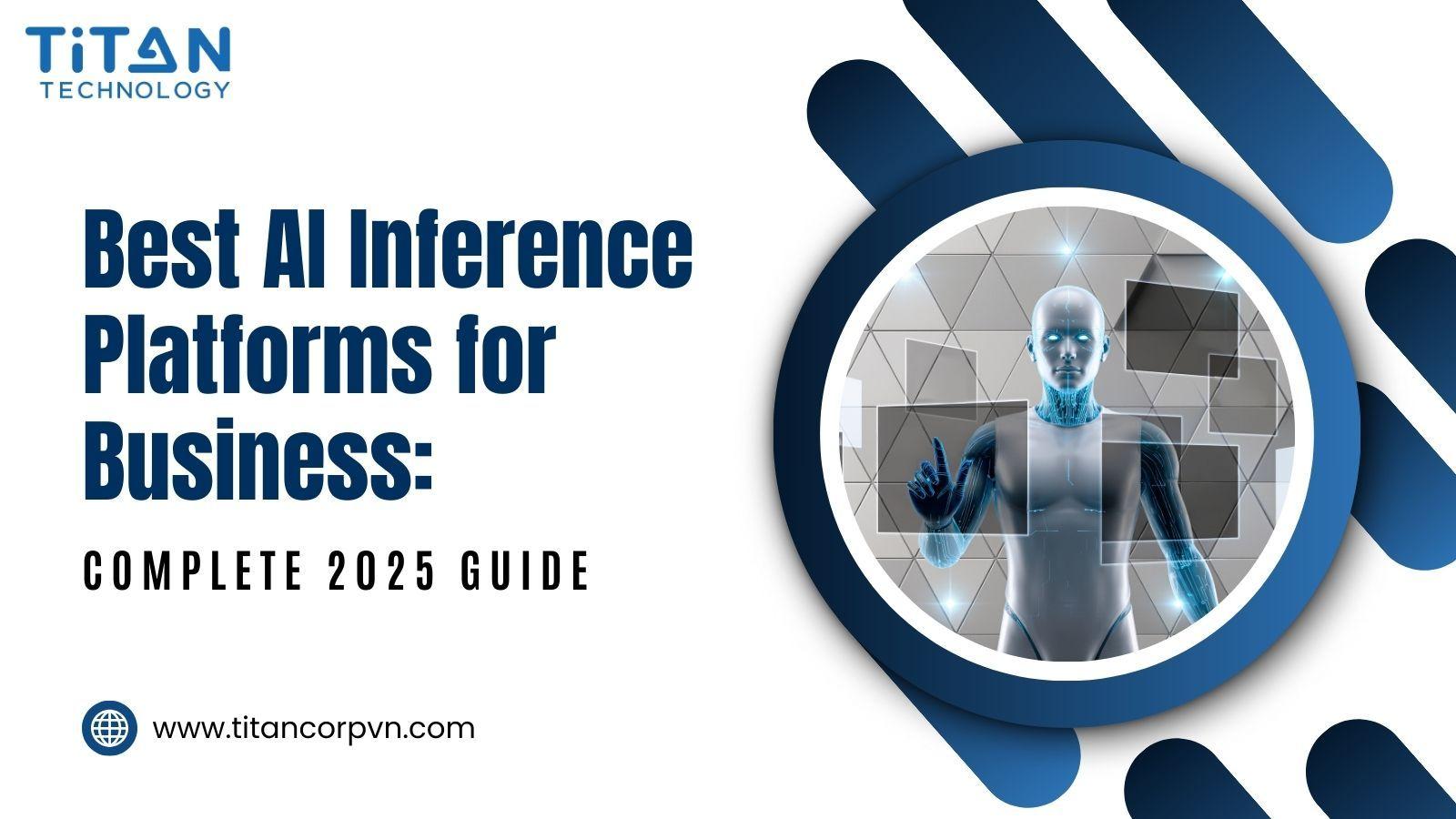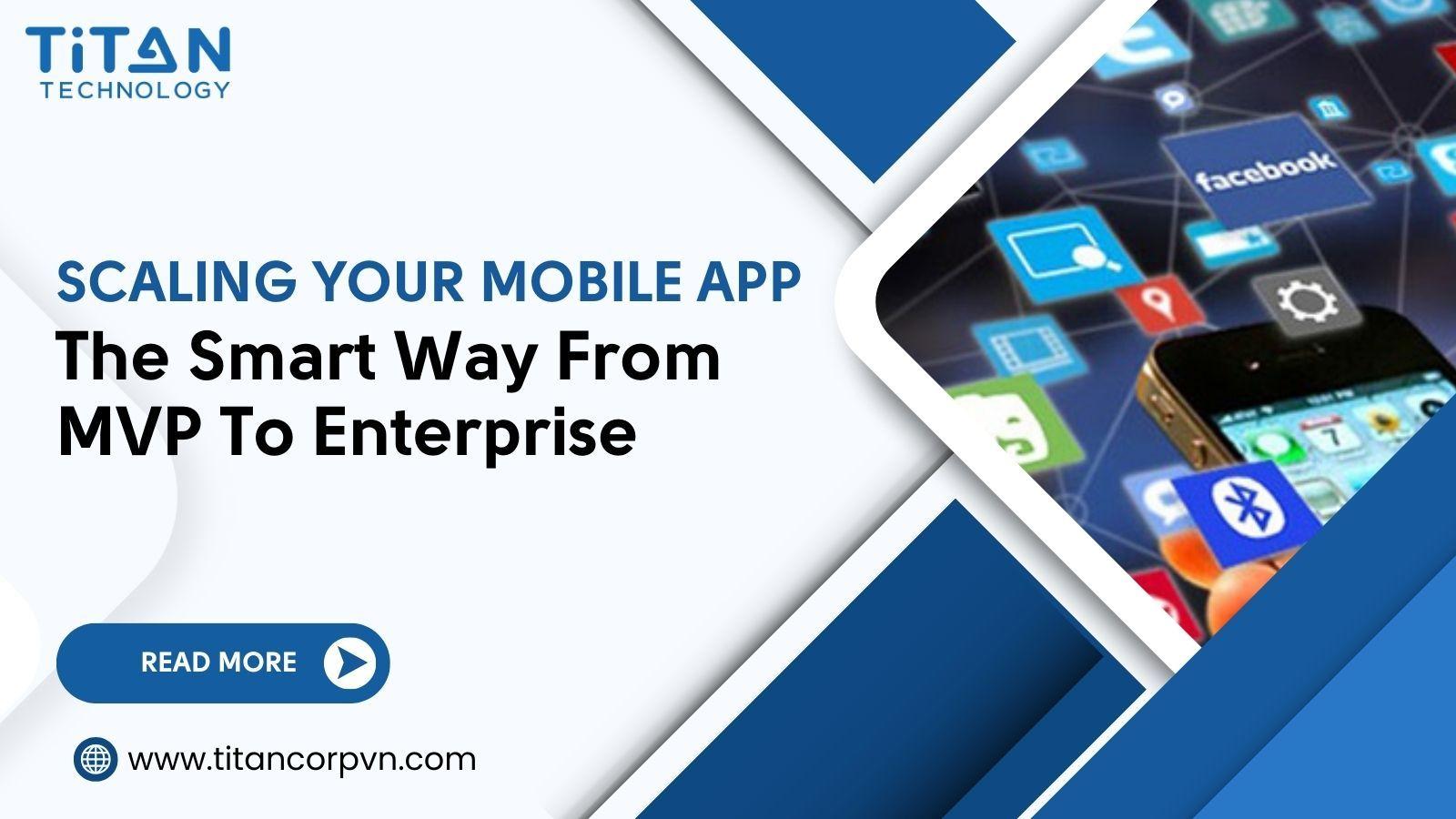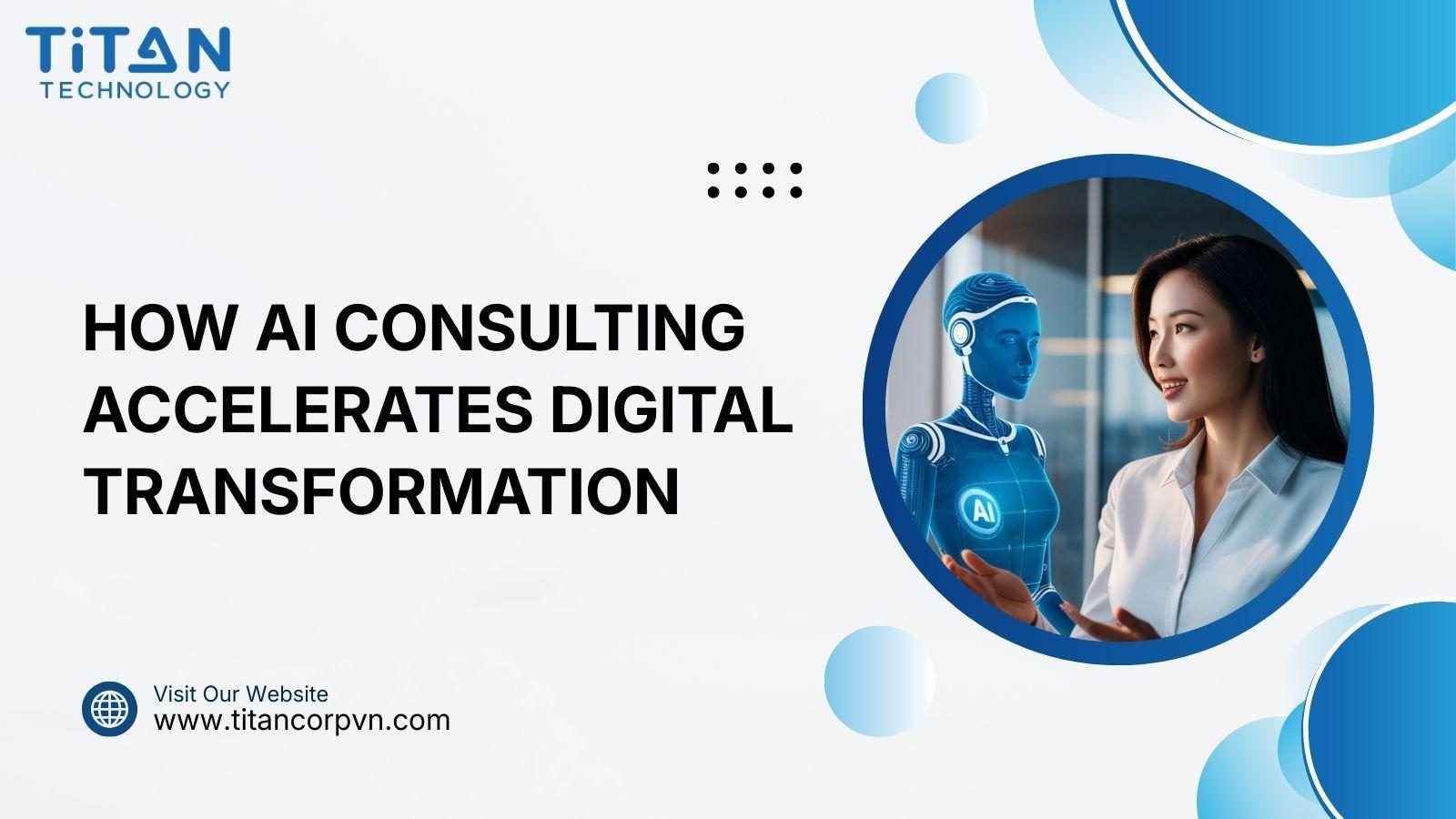Summary
By 2025, outsourcing has evolved into a strategic growth engine. Here’s what defines the new playbook:
AI-Native Engineering: AI becomes infrastructure — accelerating delivery through intelligent automation and human-AI collaboration.
Cloud-Native Architecture: Multi-cloud orchestration and serverless design enable flexibility, cost efficiency, and speed-to-market.
Outcome-Based Partnerships: Enterprises and vendors align success with measurable business KPIs, not just deliverables.
Security-First Compliance: Zero-trust, DevSecOps, and privacy-by-design elevate security from checklists to strategy.
Hybrid Collaboration: Globally distributed teams operate as one — agile, synchronized, and productivity-driven.
Forward-thinking leaders now treat outsourcing not as a cost center, but as a capability-building strategy — unlocking innovation, resilience, and continuous transformation.
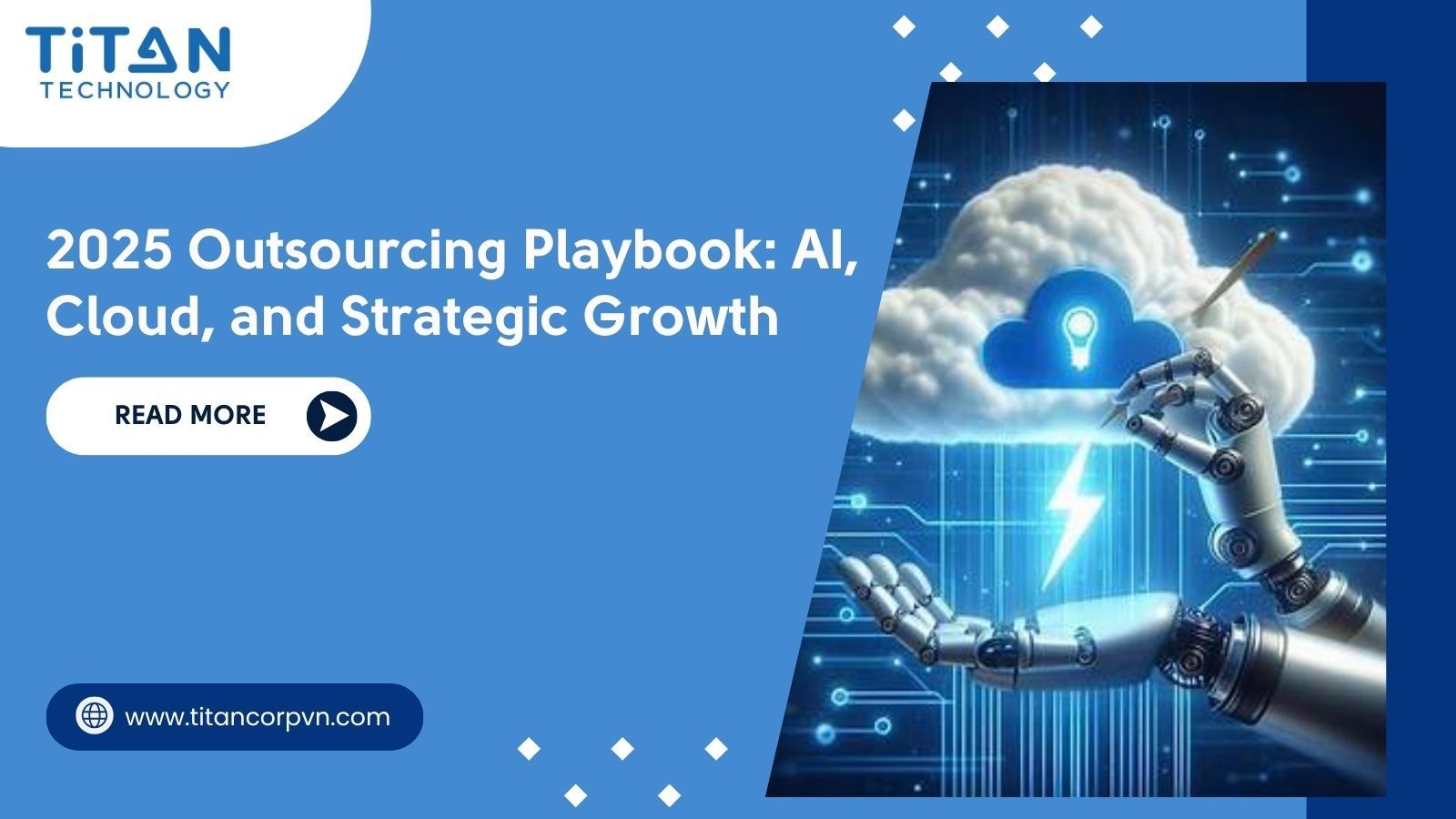
By 2025, enterprise outsourcing has evolved far beyond cost reduction. It’s now a core enabler of transformation—fueling faster innovation cycles, seamless scalability, and AI-native delivery models. In an environment shaped by cloud complexity, data regulation, and the AI talent crunch, outsourcing decisions are more strategic than ever. The question facing leaders today isn’t whether to outsource—but how to partner smarter.
A growing number of organizations are aligning their sourcing strategies with emerging technologies. The Deloitte Global Outsourcing Survey reveals that 83% of enterprises are incorporating AI into their outsourcing strategies to enhance agility and accelerate time-to-market. Meanwhile, a Gartner projection indicates that by 2026, over 80% of companies will have adopted generative AI applications or APIs to boost productivity.
At Titan Technology Corporation—a trusted software outsourcing partner based in Vietnam—we’ve helped global clients shift from traditional models to intelligent delivery strategies. Our work reveals that forward-looking outsourcing is no longer just about reducing cost—it’s about capability building, speed-to-impact, and long-term resilience.
In this article, we break down five strategic trends that are reshaping how companies build, scale, and sustain their technology delivery models through 2025. These aren’t just shifts in tools—they reflect a new era of enterprise ambition, cross-border collaboration, and digital capability building.
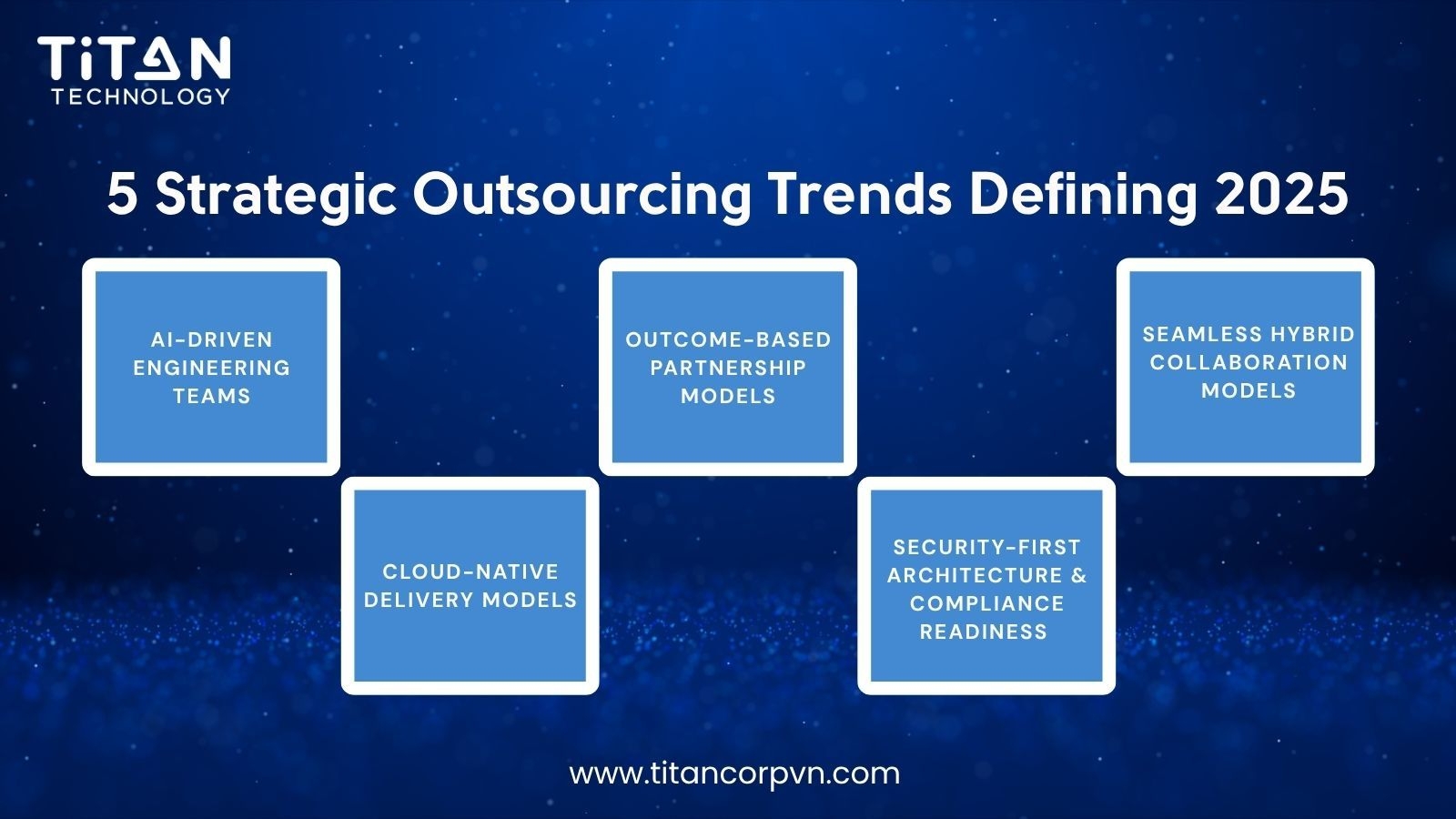
5 Strategic Outsourcing Trends Defining 2025
1. AI-Driven Engineering Teams
In the past, AI was seen as an enhancement. In 2025, it’s infrastructure. AI-enabled software delivery isn’t about testing prototypes—it’s about embedding intelligence into every phase of engineering.
Successful partners bring AI-assisted velocity and accuracy to development. As explored in our article How Manual QA Improves Chatbot Responses, combining human-in-the-loop QA with AI tools enhances UX quality and mitigates trust issues in customer-facing systems.
The Forbes Technology Council suggests that to operationalize AI for engineering, organizations must shift mindsets, align to product goals, and support adoption through structured resources and KPIs. Moreover, forward-thinking teams are retooling onboarding, and collaboration flows to adapt to AI-augmented development environments, enabling continuous learning and sustainable automation.
2. Cloud-Native Delivery Models
Cloud-first thinking has matured into a demand for end-to-end cloud-native architecture. Organizations want serverless deployment, CI/CD acceleration, and composable backends.
Our Web App Development article highlights how modular cloud design accelerates modernization. According to AWS, building cloud-native systems allows businesses to innovate rapidly through automation, microservices, and real-time infrastructure scalability. Outsourcing partners must orchestrate multi-cloud environments like AWS, Azure, and GCP, while embedding flexibility into architecture.
Partners must demonstrate deep fluency in cloud orchestration—not just provisioning infrastructure, but designing environments optimized for resilience and speed. Cloud-native maturity also involves embedding observability, cost control (via FinOps), and security practices into the fabric of delivery.
3. Outcome-Based Partnership Models
Today’s outsourcing isn’t about billable hours—it’s about shared success. Enterprises are embracing outcome-based models that tie delivery to business KPIs, not deliverables alone.
Our AI Revenue Agents post showed how vendors drive value through conversions, onboarding success, and performance improvements.
A KPMG study reinforces this shift, emphasizing the need for structured metrics, governance, and a collaborative framework where partners are fully invested in outcomes.
These models require new skill sets on both sides—procurement teams must be data-savvy, and vendors must track business impact at every sprint.
4. Security-First Architecture & Compliance Readiness
Security is now a strategic differentiator. In 2025, it's no longer a back-office concern—it's embedded into every decision. Clients expect encrypted pipelines, zero-trust postures, and infrastructure built for audit-readiness.
Our Business Automation article covers how future-proofed security models—including DevSecOps, privacy-by-design, and region-specific controls—are reshaping delivery expectations.
Regulations like GDPR, HIPAA, and local sovereignty laws demand that security is embedded from design. Proactive risk management, continuous compliance monitoring, and automated alerting are table stakes for enterprise partnerships.
5. Seamless Hybrid Collaboration Models
As distributed teams become standard, enterprises expect globally blended teams to function with the speed and cohesion of an in-house squad. The success of hybrid delivery hinges on synchronized planning, agile tooling, and real-time visibility.
Our Mobile App Outsourcing article shows how global squads improve coverage and responsiveness.
ClickUp reports that hybrid workflows combining async rituals, sprint planning, and daily check-ins boost velocity and cross-functional output. Outsourcing partners must lead hybrid execution—not follow it. Additionally, investing in digital workspaces and cross-time-zone rituals is key to sustaining engagement and productivity.
Challenges to Watch in the Outsourcing Transition
Modern outsourcing offers unprecedented value, but it also introduces complexity. Legacy systems often struggle with AI-native integrations, and enterprises underestimate the need for architectural rework. Teams working in silos, unclear governance models, and lack of shared KPIs can derail strategic intent.
Resistance to cultural and process change also remains a barrier—particularly in organizations still focused on output-based metrics. Elevating outsourcing to a capability-building function requires deep alignment across engineering, compliance, product, and leadership.
Meanwhile, financial oversight is evolving. Leaders must track not only contract value but total lifecycle cost—including technical debt and security remediation. The rise of FinOps frameworks helps organizations gain transparency across multi-cloud spend, aligning costs with delivery outcomes.
The path forward: Invest in internal upskilling, define shared OKRs across ecosystems, and treat outsourcing as an innovation strategy—not just a cost center.
What Smart Executives Are Doing
Visionary leaders are shifting from managing vendors to orchestrating capability ecosystems. They treat sourcing as a catalyst for product evolution and market adaptability.
These executives prioritize transparency. They're using FinOps dashboards, AI-assisted planning tools, and agile operating rhythms to align cost, performance, and time-to-value. McKinsey research shows that companies with strong platform teams and alignment across strategy, design, and engineering are twice as likely to scale AI across business units.
They also reframe AI implementation as an operating model challenge—not just a tooling choice. Investing in platform teams, MLOps infrastructure, and executive KPIs aligned to innovation, these leaders bridge vision and execution. Smart executives now align governance with experimentation—ensuring AI maturity isn’t just a technical milestone, but a cultural one. According to McKinsey, companies with strong platform governance and strategic AI orchestration are 2.5x more likely to achieve full-scale AI deployment success.
Navigating Complexity: New Priorities for Future-Ready Teams
To compete in 2025, organizations must not only modernize their technology stack—they must rethink how they deliver, govern, and scale. Real-time collaboration, composable delivery, and compliance-aware design are the new standard.
Future-ready teams are embedding FinOps into every sprint, using predictive analytics for cloud optimization. They’re adopting DevSecOps pipelines where security is integrated—not appended—and refining delivery workflows for local regulations, from GDPR to cross-border data laws.
They also use real-time observability dashboards to shorten feedback loops and detect performance bottlenecks across distributed teams. Composability, not complexity, defines next-generation architecture.
These teams don’t just optimize for speed—they architect for change. In an era of global uncertainty, adaptability is the most valuable capability.
Redefining the Role of Outsourcing in the AI Era
Outsourcing in 2025 is no longer defined by scope of work—but by strategic alignment. The most successful enterprises are those that treat partners as collaborators—focused not just on cost, but on innovation, intelligence, and long-term capability building.
It’s about transforming outsourcing from a delivery model into a value engine.
At Titan Technology Corporation, we partner with global enterprises to turn outsourcing into a competitive edge. Whether embedding AI into engineering workflows, modernizing cloud delivery, or enabling secure, always-on hybrid teams—we bring the capabilities that matter.
To explore how your sourcing strategy can evolve, contact our advisory team for a personalized 2025 audit readiness.

